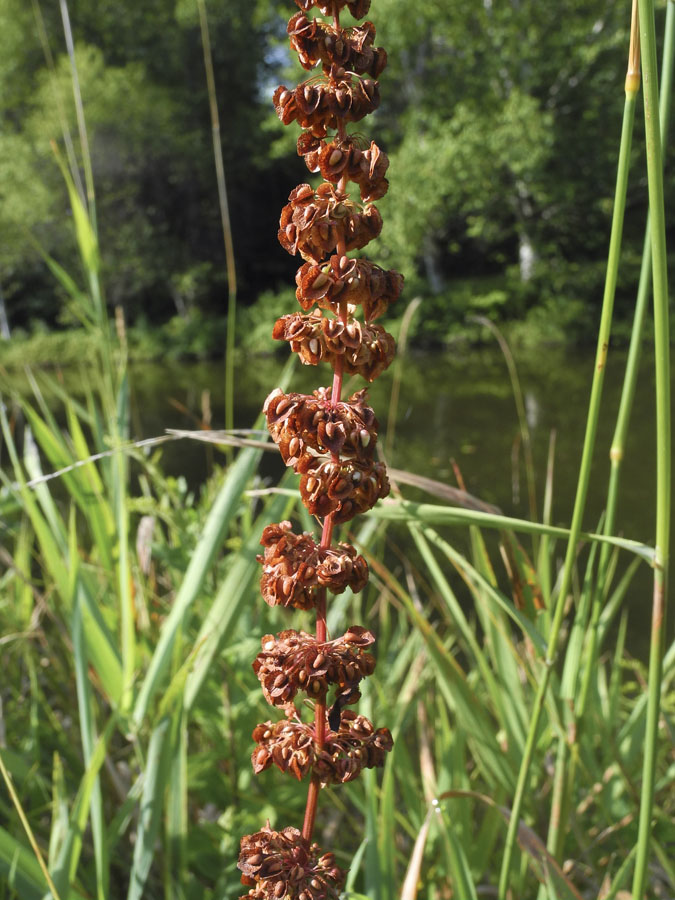Criticism would perhaps be simplified if, before setting forth an opinion, one avowed one's tastes; for every work of art contains within itself a particular quality stemming from the person of the artist, which, quite apart from execution, charms us or irritates us. Hence only those works which satisfy both our temperaments and our minds arouse our unqualified admiratiion. The failure to make this fundamental distinction is a great cause of injustice.
––Preface to Dernieres Chansons by Louis Bouilhet.
Louis Bouilhet was a great friend of Gustave Flaubert. Mario Vargas Llosa opens his marvelous book,
The Perpetual Orgy: Flaubert and Madame Bovary, with this quotation as a way of beginning a conversation on why he has been so in love with Emma Bovary, and the book she inhabits. The title of Vargas Llosa's book comes from an 1858 letter by Flaubert:
The one way of tolerating existence is to lose oneself in literature as in a perpetual orgy.
It's the question of taste that I began thinking about after reading the Bouilhet quote. Wouldn't it be interesting if, after the critic's name, there was a short statement (ah-hah! a critic's statement; how about that along with the constantly demanded artist's statement?) setting out their ideas of what makes good art: cutting edge; traditional; political; formal; especially interested in gay/women's/outsider etc art. Vargas Llosa sets out very clearly what his likes are in literature, and why Madame Bovary satisfies them so abundantly. So I thought I should try to articulate my taste in painting; why is it that I love certain artists and loathe others? The following is a brief description, though I must state beforehand that categories are not hard and fast; sometimes I like something that surprises me because I shouldn't.
Fra Angelico, The Decapitation of Saints Cosmas and Damian, ca 1440-42; tempera on panel; 14 11/16 x 18 1/8 inches.
I love the paintings of the early Renaissance, the 14th and 15th centuries. I believe that I am essentially a classicist. On its
classicism page, Wikipedia describes it as "formal and restrained". Even though the story Fra Angelico depicts is one of horror, the clarity and balance of the forms and composition allow us to enter the picture and move through it calmly; like life, the painting contains both beauty and cruelty.
Matthias Grünewald, Visit of St. Anthony to St. Paul and Temptation of St. Anthony, c.1515
Is expressionism the oppositie of classicism? If so, it makes perfect sense that I can't stand the work of Grünewald, a German Renaissance painter. It is overwrought to my eye, excessive in its writhing forms and copious details. Then why do I love
Brueghel? I believe it's because his form and composition are essentially classical in nature; though crowded, his paintings are clearly ordered.
Caspar David Friedrich, Wanderer Above the Sea of Fog, 1818
Then we come to
Romanticism, which I generally despise. In my work I want to take a backseat to the thing described, not to call attention to myself as the maker. I want to see the world plain, without the heightened emotions that are called for with a romantic attitude. But here I'll be a little confusing, because I do like the work of Friedrich, although he is certainly a romantic. It is because the form and space in his paintings are clear and defined and the emotion isn't overdone. A painting like Wanderer is a little
schmaltzy, but not over the top....
Philipp Otto Runge, The Morning, 1808
...while this Runge is most positively so, as corny as it gets. Not quite a fair comparison, because this painting is so silly, but other romantics "irritate" me.
Samuel Palmer, Garden in Shoreham, 1820s or early 1830s; opaque watercolor and gouache,
William Blake, Albion Rose, 1794-5
Samuel Palmer was a student/acolyte of William Blake. I adore Palmer's work and can't bear to look at Blake's. Palmer's small paintings of the area around Shoreham show a great love for a place, an attentive approach to his subjects. Blake is a great romantic, and his grandiose visions are completely foreign to my temperament.
Franz Kline, Mahoning, 1956; oil and paper collage on canvas, 80 x 100 in.
When it comes to the Abstract Expressionists, why do I not discard the entire bunch? why do I love de Kooning, Kline, Pollock, Newman, Mitchell? It's because the "expressionism" in the catch-all name does not mean that the work is full of excessive emotion. The brush may move with energy, but there is structure guiding it. I remember going to a Franz Kline retrospective at the Whitney many years ago and being startled to see small studies for large paintings that were exactly the same composition; the paintings were carefully planned, not frenzied expressions.
Clyfford Still, Untitled, 1951-52
Here is where taste becomes unreasoning: though Still's paintings seem to have much in common with those I mentioned above as loving, I really hate his paintings. To me they are overlarge canvases covered with mush, with no reason for being other than the artist's ego. If I try to be rational about why I dislike his work so much, I would have to say that it has to do with the romantic aspects of it, untempered by a structural rationality, or any sense of humility.
So, if I were a critic, I think you now might have a sense of my likes and dislikes, though again I'll state that my opinions are not fixed. I do have a sensibility, which I believe we all have, that colors how we look at art. I imagine you can come up with your own categories of love and hate, as much as we all try to be open and welcoming to all art.



















































